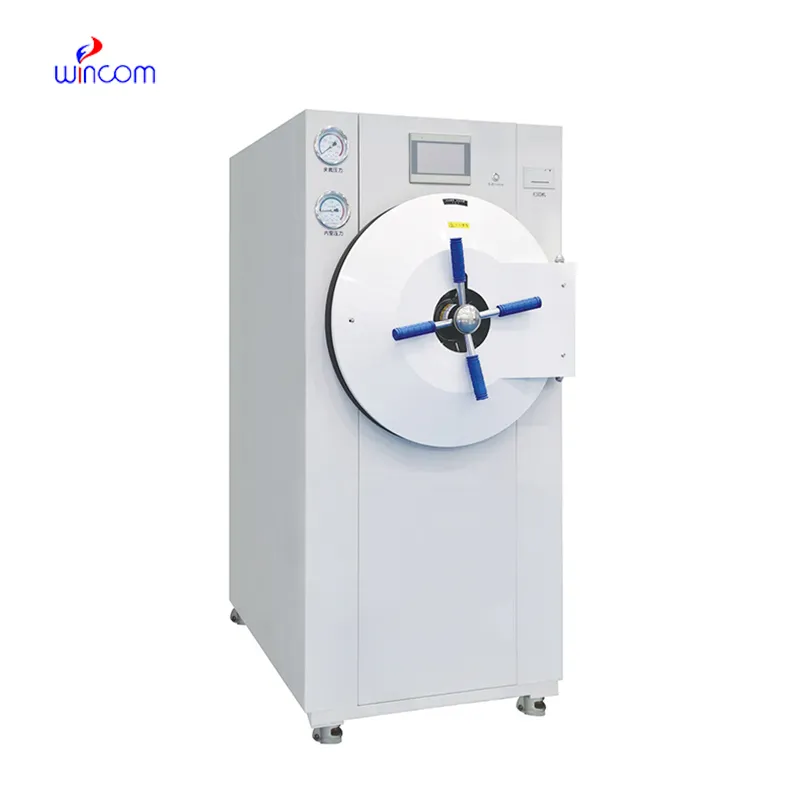
The dog x ray machine comes with advanced imaging sensors that ensure uniformity of images. The system also contains automatic exposure levels that ensure high images with reduced patient exposure. The dog x ray machine system can be adapted to suit the various functions it may be applied in. These functions include overall radiography, orthopedic images, and dental images.

The dog x ray machine is critically important in oncology, where it allows detection and monitoring of tumors throughout treatment. It helps radiologists to track bone and organ structure changes over time. The dog x ray machine also helps with follow-up after surgery, which helps in evaluating healing and treatment response.

With advancements in technology, the dog x ray machine will get progressively smaller, intelligent, and networked. It will also support augmented reality for training and procedural guidance. The dog x ray machine will have self-calibration and automated maintenance functionality, which will increase reliability and operational performance.

The dog x ray machine require care of the environment and technical inspection. The equipment room needs to be dry, clean, and ventilated well. The dog x ray machine need to be calibrated regularly, and any unusual sound or display anomaly needs to be reported to technicians at once for evaluation.
Through the use of high-tech detectors and digital imaging, the dog x ray machine provides high-quality internal structural images. The device enables healthcare providers to track various conditions such as pneumonia, arthritis, and dental cavities. The dog x ray machine offers accurate imaging and ease of handling that makes it imperative in diagnostic radiology.
Q: What is an x-ray machine used for? A: An x-ray machine is used to produce images of the internal structures of the body, helping doctors detect fractures, infections, and other medical conditions. Q: How does an x-ray machine work? A:X-ray machine emit controlled radiation that passes through the body and records varying degrees of absorption on detectors or film, creating visual images of bones and tissues. Q: Is it safe to use an x-ray machine frequently? A: Modern x-ray machines use very low doses of radiation, and protective measures such as lead aprons help minimize exposure for both patients and operators. Q: Can an x-ray machine detect soft tissue injuries? A: Although X-rays machine are primarily used to examine bones, they can reveal some soft tissue abnormalities, especially when used with contrast agents or digital image enhancement techniques. Q: Who operates an x-ray machine? A: X-ray machines are typically operated by trained radiologic technologists who ensure correct positioning, exposure settings, and safety protocols during imaging.
The delivery bed is well-designed and reliable. Our staff finds it simple to operate, and patients feel comfortable using it.
We’ve used this centrifuge for several months now, and it has performed consistently well. The speed control and balance are excellent.
To protect the privacy of our buyers, only public service email domains like Gmail, Yahoo, and MSN will be displayed. Additionally, only a limited portion of the inquiry content will be shown.
Hello, I’m interested in your centrifuge models for laboratory use. Could you please send me more ...
We’re looking for a reliable centrifuge for clinical testing. Can you share the technical specific...
E-mail: [email protected]
Tel: +86-731-84176622
+86-731-84136655
Address: Rm.1507,Xinsancheng Plaza. No.58, Renmin Road(E),Changsha,Hunan,China